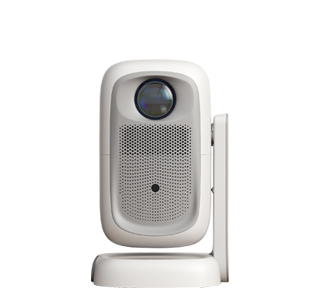
In an increasingly wireless world, WiFi connectivity has become a standard feature in projectors, enabling users to stream content, connect to smart devices, and access online services without the need for cumbersome cables. While most projectors support single-band WiFi (typically operating on the 2.4 GHz frequency), an increasing number of modern projectors now offer dual-band WiFi, which supports both 2.4 GHz and 5 GHz frequencies. Understanding the differences between single-band and dual-band WiFi, as well as the benefits of dual-band support, is crucial for choosing a projector that meets your connectivity needs.
First, let’s break down the two WiFi bands: 2.4 GHz and 5 GHz. The 2.4 GHz band is the older and more widely used frequency, with a longer range and better penetration through walls and other obstacles. It is compatible with a wide range of devices, including older smartphones, tablets, and laptops, making it a reliable choice for most home and office environments. However, the 2.4 GHz band has a limited number of available channels (typically 11 in the United States), which can lead to congestion in areas with many WiFi-enabled devices (such as apartment buildings, offices, or busy homes). This congestion can result in slower speeds, dropped connections, and reduced streaming quality, especially when streaming high-definition (HD) or 4K content.
The 5 GHz band, on the other hand, is a newer frequency that offers faster speeds, lower latency, and fewer interference issues. It has a wider range of available channels (up to 24 in the United States), which reduces congestion and allows for more devices to connect simultaneously without sacrificing performance. The 5 GHz band is ideal for streaming HD and 4K content, online gaming, and video conferencing, as it provides the bandwidth and speed needed to handle these data-intensive tasks. However, the 5 GHz band has a shorter range than the 2.4 GHz band and is more easily blocked by walls, furniture, and other obstacles, making it less suitable for large rooms or environments with many physical barriers.
Dual-band WiFi projectors combine the best of both worlds by supporting both 2.4 GHz and 5 GHz frequencies. This allows users to choose the band that best suits their needs based on factors such as range, speed, and interference. For example, if you are using the projector in a large room or need to connect from a distance, the 2.4 GHz band may be the better choice due to its longer range. If you are streaming 4K content or need a stable connection for a video conference, the 5 GHz band will provide faster speeds and lower latency, ensuring a smooth experience.
Another key benefit of dual-band WiFi is improved reliability. In environments with many WiFi-enabled devices, the 2.4 GHz band can become overcrowded, leading to dropped connections and slow speeds. By switching to the 5 GHz band, which is less commonly used, you can avoid this congestion and enjoy a more stable connection. Additionally, dual-band projectors often support newer WiFi standards, such as 802.11ac (also known as WiFi 5) or 802.11ax (WiFi 6), which offer even faster speeds and better performance than older standards. WiFi 5 can provide speeds of up to 3.5 Gbps, while WiFi 6 can reach speeds of up to 9.6 Gbps, making them ideal for streaming high-quality content and handling multiple device connections.
When choosing a projector with dual-band WiFi, it is important to consider the specific technical specifications. Look for projectors that support both 2.4 GHz and 5 GHz bands, as well as the latest WiFi standards (WiFi 5 or WiFi 6) for optimal performance. Additionally, check the number of antennas the projector has, as more antennas can improve signal strength and range. Some projectors also offer MIMO (Multiple Input, Multiple Output) technology, which uses multiple antennas to transmit and receive data simultaneously, further improving speed and reliability.
It is also worth noting that while dual-band WiFi offers many benefits, it requires compatible devices to take full advantage of the 5 GHz band. Most modern smartphones, tablets, laptops, and streaming devices support 5 GHz WiFi, but older devices may only be compatible with the 2.4 GHz band. If you have older devices, you can still use the projector with the 2.4 GHz band, but you will not be able to access the faster speeds of the 5 GHz band.
Read recommendations:
HI Gift Customization - HI Series Projector
Why Does a 4K Projector Seem Less Clear Than a 1080p One?
Wireless Connectivity of Projector Screens
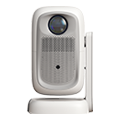
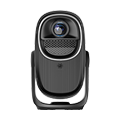

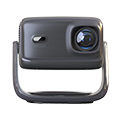

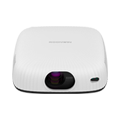
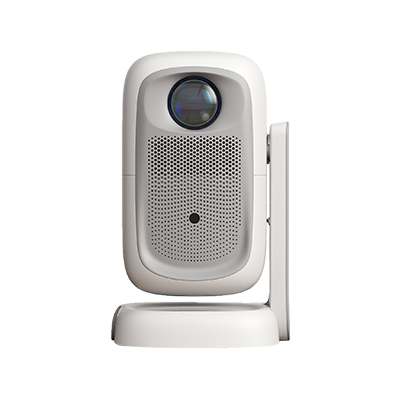
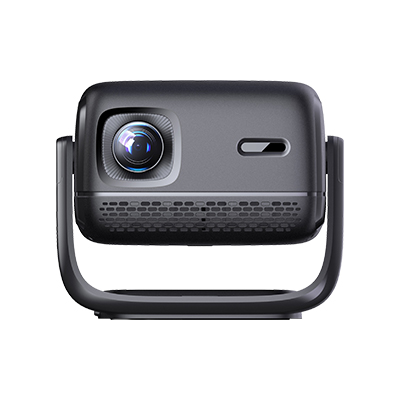
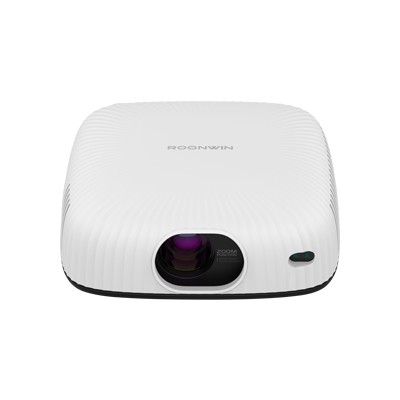









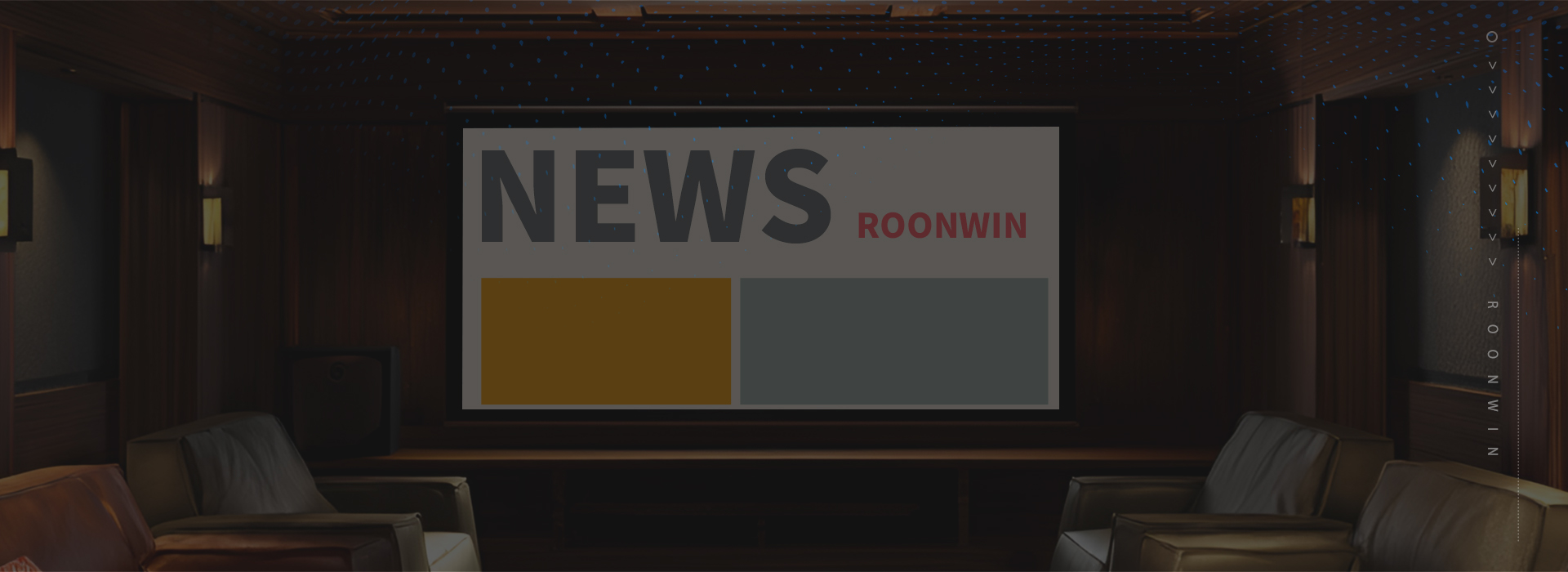

 Reviewed:
Reviewed:











